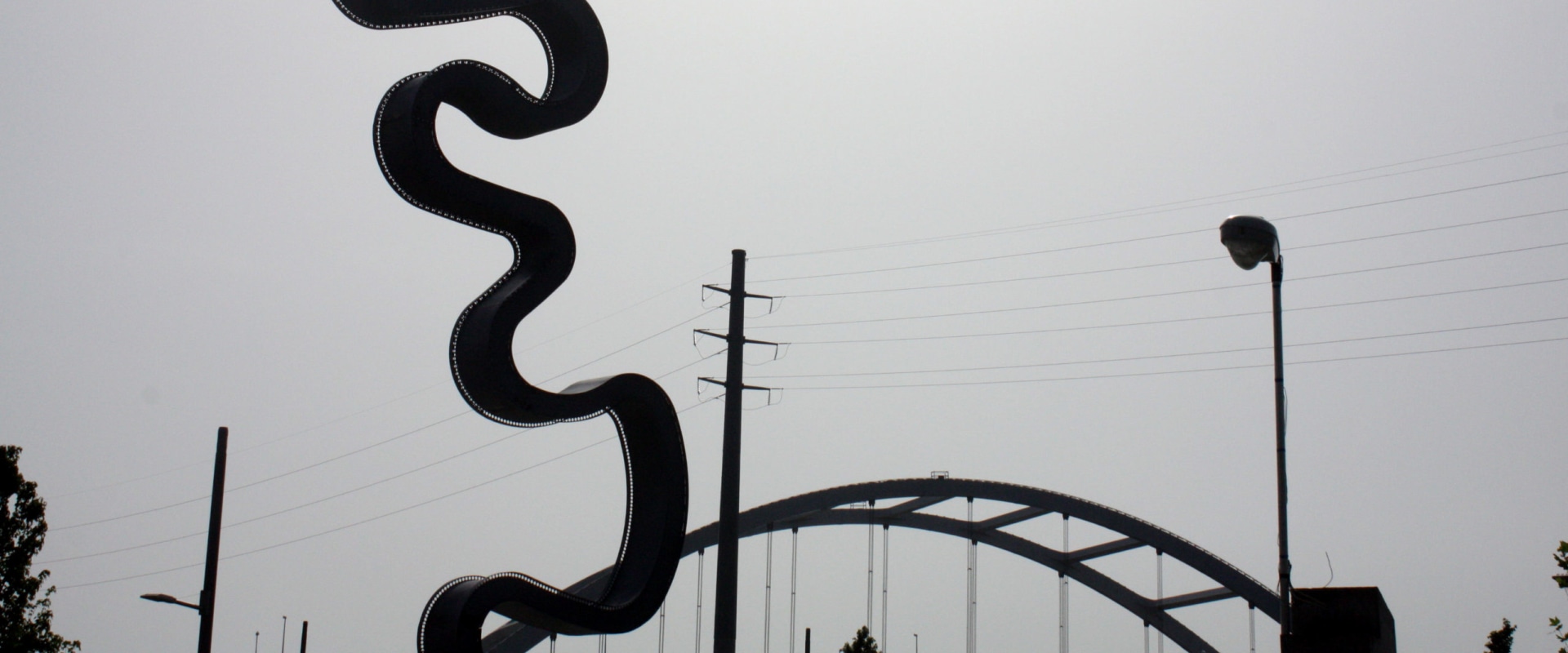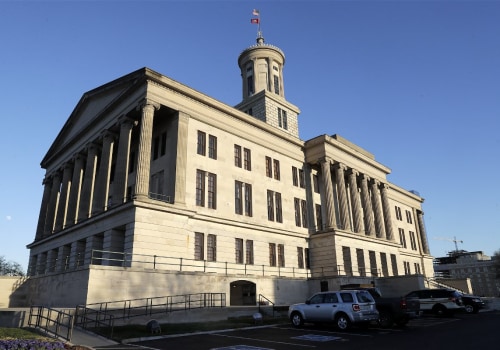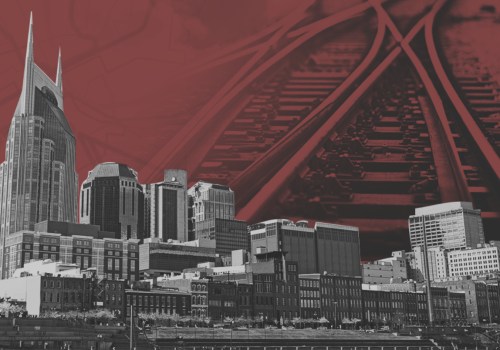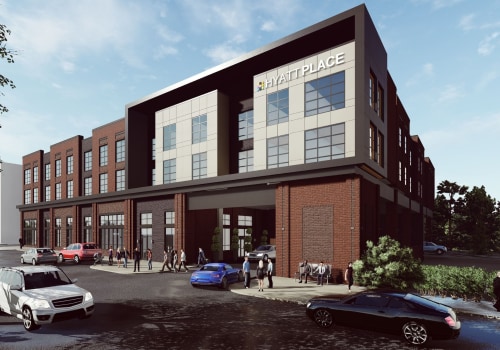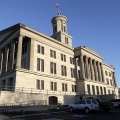The city of Nashville, Tennessee is a vibrant hub for culture and art. It is home to the Metro Nashville Arts Commission (Metro Arts), which is the Arts and Culture office for Nashville and Davidson County. This facility offers regular cultural programs, integrates public art, and facilitates economic reinvestment in companies in the area. The Tennessee Arts Commission was established in 1967 with a special mandate to stimulate and encourage the presentation of performing, visual, and literary arts throughout the state.
This mandate also includes promoting public interest in Tennessee's cultural heritage. Public art has the potential to bring people together and create a sense of community. It can also be used to explore social justice issues, such as the growing health inequality gap between high- and low-income Americans. Caruth, a Rhode Island-based curator, writer, and art administrator, believes that “food is a lens through which we can examine the most profound truths about power and privilege”.
Public art can also be used to create economic opportunities for local businesses. By investing in public art projects, cities can attract more visitors and businesses to their area. This can help create jobs and stimulate economic growth. Nashville has a long history of supporting public art projects.
The city has invested in numerous projects over the years, including murals, sculptures, and other forms of public art. These projects have helped to create a vibrant culture in the city and have attracted visitors from all over the world. Nashville's commitment to public art has been recognized by numerous organizations. The city has been named one of America's Best Cities for Public Art by USA Today and one of America's Best Cities for Street Art by Travel + Leisure magazine.
Nashville's policies on public art are designed to promote creativity and foster an environment that encourages artistic expression. The city has invested in numerous projects over the years that have helped to create a vibrant culture in the city. By investing in public art projects, cities can attract more visitors and businesses to their area, creating jobs and stimulating economic growth. Investing in public art projects can also help cities build stronger communities by bringing people together through shared experiences. Nashville is an example of how cities can use public art to create a vibrant culture while also providing economic opportunities for local businesses.
By investing in public art projects, cities can attract more visitors and businesses to their area while also creating jobs and stimulating economic growth.
